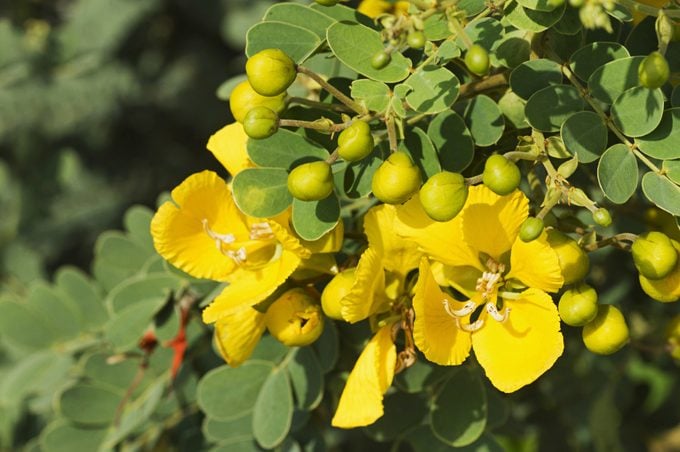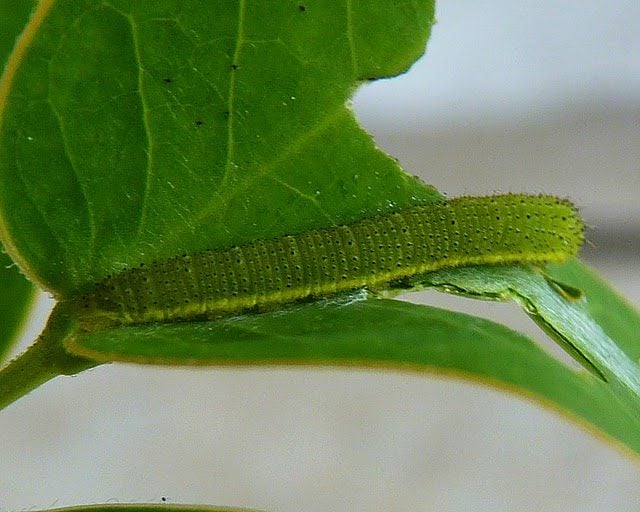How to Grow and Care for a Winter Cassia Bush
Updated: Oct. 18, 2023
Down south, you might think you can't enjoy gorgeous fall colors. Think again! Try a winter cassia bush for a golden glow in your yard.
Florida’s fall colors are a little different than those up north. While others are watching the last colorful leaves of autumn drift away in the stiff breezes, those same winds are shaking the blooms of a winter cassia bush to a golden frenzy.
Discover more golden plants to make your garden glow.
Winter Cassia Bush Care and Growing Tips

Winter cassia, sometimes called Christmas cassia, can be grown in zones 9 to 11, and is an excellent host plant for bright yellow sulphur butterflies. In fact, in the fall, the green caterpillars begin consuming the yellow flowers along with the leaves. Then they turn a brilliant yellow themselves!
Check out more of the prettiest yellow flowering shrubs for your yard.

This shrub can get very large in areas without freezes. Prune it in winter after the blooms are gone to keep it in check. In areas that experience occasional freezes, the cassia bush will die back. But it will return and grow vigorously when warmer weather returns.
The blooms of winter cassia last about six weeks. After this, it returns to being a lovely leafy green shrub that requires little care. They’re especially nice when planted with Muhly grass (Muhlenbergia capillaris), which puts on gorgeous purple seed spikes in the fall and makes an excellent combination of southern fall color.
Learn how to grow and care for a forsythia bush.
Choose the Right Cassia Bush for Your Yard
The fall-blooming shrub sold as winter cassia can be one of several cassia species. Cassia bicapsularis syn. Senna bicapsularis, the most commonly sold, is not native to the U.S., but is generally considered non-invasive. Be cautious of confusing it with Senna pendula var. glabrata, which looks very similar but has invasive tendencies in some areas. You can also seek out native cassias, such as privet cassia (Senna lingustrina), to avoid potential problems.
Next, check out the best drought-tolerant flowering shrubs for southern gardens.
